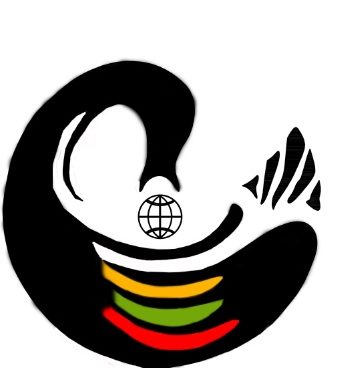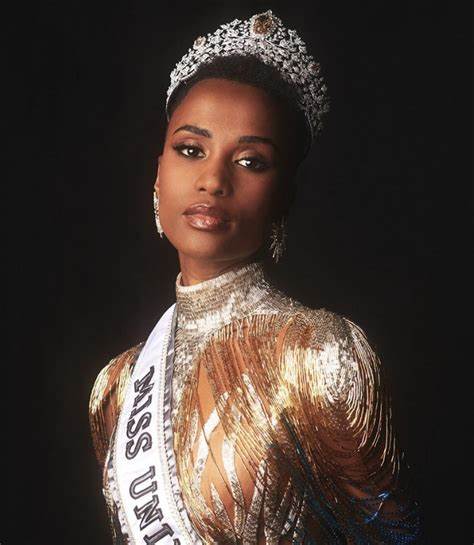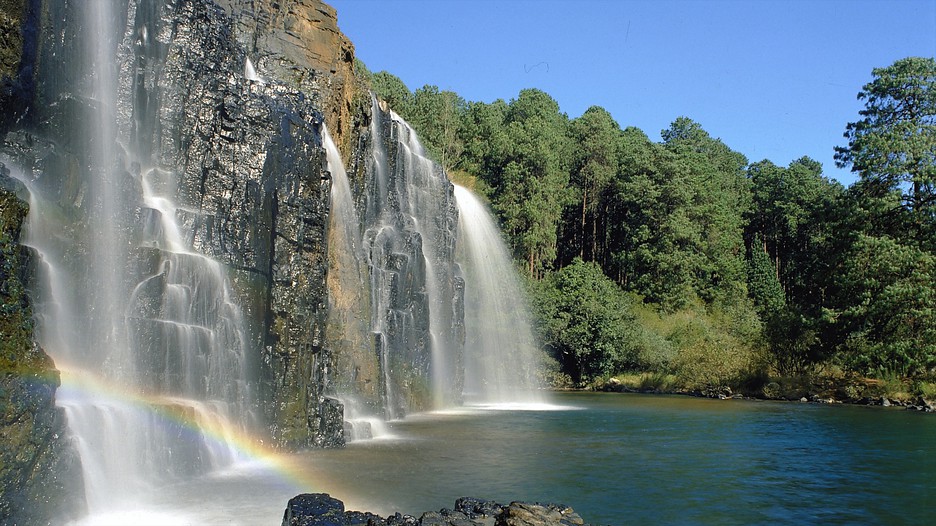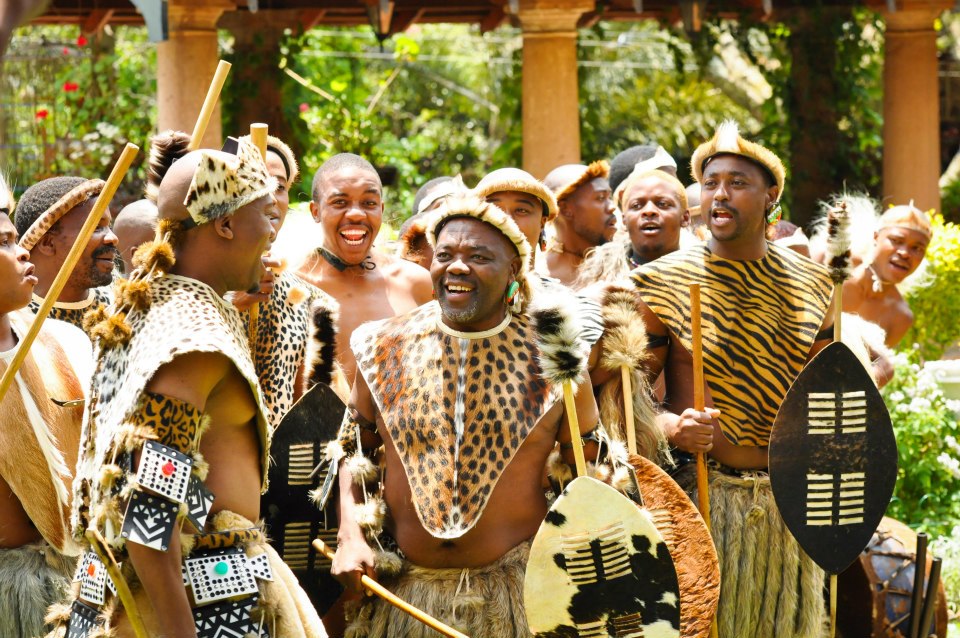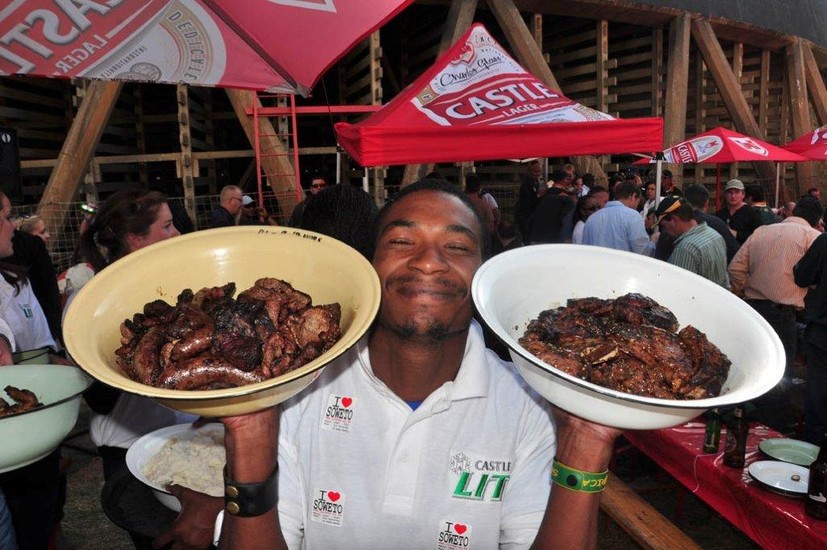South Africa is located in the southern portion of Africa. It is known for it landscapes, great natural beauty, and cultural diversity, all of which have made the country a favored destination for travelers since the legal ending of apartheid (Afrikaans: “apartness,” or racial separation) in 1994. South Africa’s remoteness—it lies thousands of miles distant from major African cities such as Lagos and Cairo and more than 6,000 miles (10,000 km) away from most of Europe, North America, and eastern Asia, where its major trading partners are located—helped reinforce the official system of apartheid for a large part of the 20th century. The apartheid regime was despised and even opposed by much of the world, and by the mid-1980s South Africa found itself among the world’s exile states, the subject of economic and cultural boycotts that affected almost every aspect of life. South Africa has three cities that serve as capitals: Pretoria (executive), Cape Town (legislative), and Bloemfontein (judicial). Johannesburg, the largest urban area in the country and a center of commerce, lies at the heart of the populated Gauteng province. Today South Africa enjoys a relatively stable mixed economy that draws on its fertile agricultural lands, abundant mineral resources, tourist attractions, and highly evolved intellectual capital. South Africa is bordered by Namibia to the northwest, by Botswana and Zimbabwe to the north, and by Mozambique and Swaziland to the northeast and east. Lesotho, an independent country, is an enclave in the eastern part of the republic, surrounded by South African territory. The original Khoekhoe and San peoples of South Africa scarcely exist as distinct groups inside the country today. Many intermarried with other African peoples who arrived before European conquest, and others intermarried with Malagasy and Southeast Asian slaves under white rule to form the majority of the Coloured population. The population formerly classified as Coloured descended from Khoisan (Khoekhoe and San) peoples, slaves imported by the Dutch from Madagascar and what are now Malaysia and Indonesia, Europeans, and Bantu-speaking Africans. Several distinct subethnic groups can still be identified, such as the Malays, who largely originated from Indonesian Muslim slaves, and the Griquas, who trace their origins to a specific historical Khoekhoe community. The Black African population is mixed, falling mainly into four linguistic categories. The largest is the Nguni, including various peoples who speak Swati (primarily the Swazi peoples) as well as those who speak languages that take their names from the peoples by whom they are primarily spoken—the Ndebele, Xhosa, and Zulu. The second largest is Sotho-Tswana, again including various peoples whose language names are derived from the names of peoples who primarily speak them—the Sotho, Pedi, and Tswana. The other two primary linguistic groups are the Tsonga (or Shangaan) speakers focused in Limpopo and Mpumalanga provinces, and the Venda speakers (primarily the Venda peoples), located largely in Limpopo province.
White South Africans form two main language groups. More than half of them are Afrikaans speakers, the descendants of mostly Dutch, French, and German settlers. The remainder consists largely of English speakers who are descended mainly from British colonists, though there are a large minority of Portuguese and smaller groups of Italians and others. The majority of South Africans are Christians. The largest established Christian denominations directly rooted in European settlement. The economy of South Africa was revolutionized in the late 19th century when diamonds and gold were discovered there. The South African economy is essentially based on private enterprise, but the state participates in many ways. Agriculture is of major importance to South Africa. It produces a significant portion of exports and contributes greatly to the domestic economy, especially as an employer. Among the major crops are corn, wheat, sugarcane, sorghum, peanuts, citrus and other fruits, and tobacco. Sheep, goats, cattle, and pigs are raised for food and other products; wool and meat (beef, lamb and mutton, and goat) are important. As they are everywhere in the world, patterns of daily life in South Africa are conditioned by social class, ethnicity, religion, and residence: the life of a Black diamond miner in Limpopo province is much different from that of an Indian shopkeeper in Durban, an Afrikaner office worker in Johannesburg, or a teacher of English extraction in Cape Town.
Things to Do:
Visit Boulders Beach
Visit the Apartheid Museum
Walk through Kirstenboch National Botanic Garden
